Born in 1857, sharing his infancy with that of photography's, Atget left an indelible imprint on the history of photography without ever apparently having any intention of doing so. He never cultivated followers or expressed any philosophy about photography or art, but serious photographers that came after him are almost all followers who honor his aesthetic in picture making.
A sailor, an actor who lost his voice and a failed painter first, Eugene Atget didn't take up the art that made him a legend until he was forty, but over the next thirty years, shooting in and around Paris with an out of style camera and obsolete technique, he amassed an unmatched historical record of pictures.
(Photo credit; wikimedia.org, Creative Commons license)
A favorite story I heard was told by a friend of mine who was helping curate an Atget retrospective at the International Center of Photography in New York. Working through the thousands of pictures printed by Atget, he saw notes like this on the back of some: "This is now gone."
What Atget had done, unintentionally as far as we know, was preserve a visual record of a world being quickly eaten up by modernization.


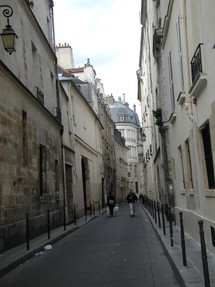 Born in Liborne but orphaned by the death of both parents before he was six, he was raised in Bordeaux, coming to Paris first when he was twenty-one after spending time in the merchant navy. By 1878, Paris had undergone radical change. The German siege from in 1870/71 had included heavy bombardment that damaged much of the city, but wholesale destruction of another kind had done even more to wipe out its history.
Born in Liborne but orphaned by the death of both parents before he was six, he was raised in Bordeaux, coming to Paris first when he was twenty-one after spending time in the merchant navy. By 1878, Paris had undergone radical change. The German siege from in 1870/71 had included heavy bombardment that damaged much of the city, but wholesale destruction of another kind had done even more to wipe out its history.
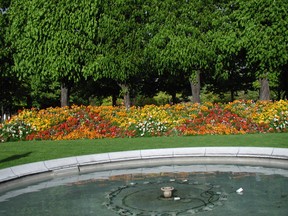 He sold other images to artists who used them as models, but in 1887, he started documenting what was left of old Paris. Part of the charm of his pictures is that they were taken in a style that was also being swept aside by the modern age.
He sold other images to artists who used them as models, but in 1887, he started documenting what was left of old Paris. Part of the charm of his pictures is that they were taken in a style that was also being swept aside by the modern age. 







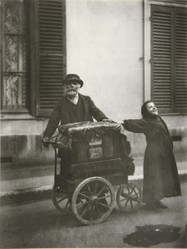

 Cat Stories: George and Billy in Parison 03/06/2015
Cat Stories: George and Billy in Parison 03/06/2015
 Law of Attraction - Abraham-Hicks' Money Treeon 03/04/2015
Law of Attraction - Abraham-Hicks' Money Treeon 03/04/2015
 Happy and Healthy in One Houron 12/11/2014
Happy and Healthy in One Houron 12/11/2014
 Laura Rankin - Illustrator and Writer of Children's Bookson 08/22/2014
Laura Rankin - Illustrator and Writer of Children's Bookson 08/22/2014

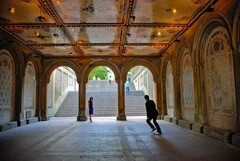

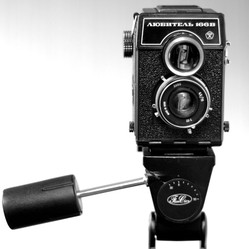
Your thoughts on Eugene Atget
I agree with you there, sheilamarie. Atget saved something that's gone, but it's impossible to lose Paris. Thanks.
I have long loved Atget's work. Paris is changed, but it's still a beautiful place to explore.
Yes, he saved our images of a legendary medieval city before it could be destroyed.
Fascinating! How great that he took photos of all those beautiful old places in Paris.
Thanks, Elias. Atget is easy to enjoy and write about, a genuine original.
Great article and excellent photography, dave!